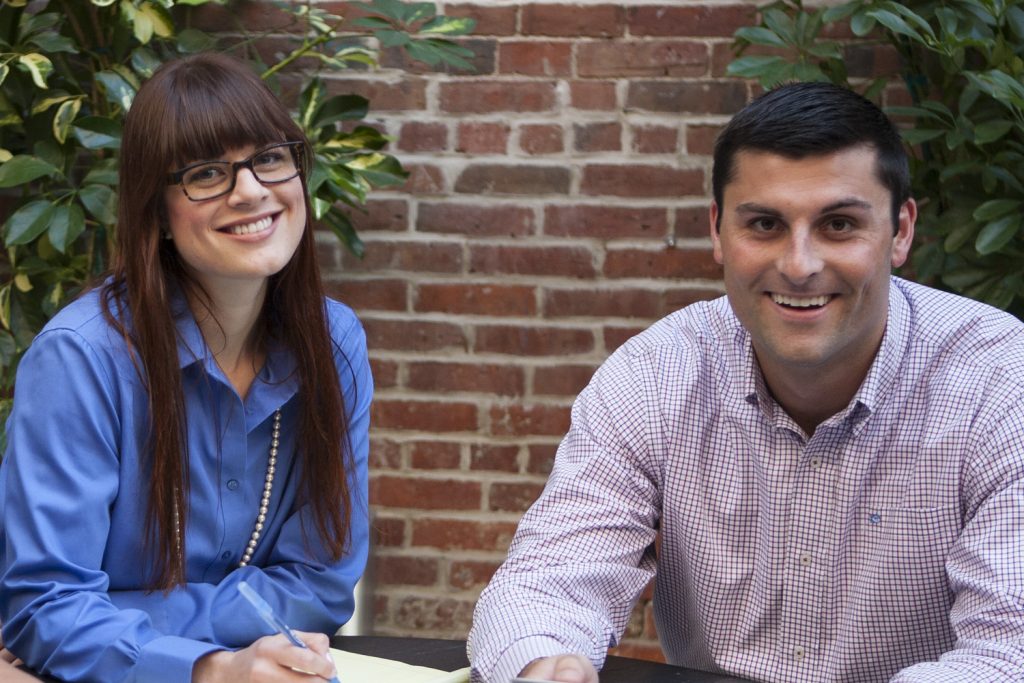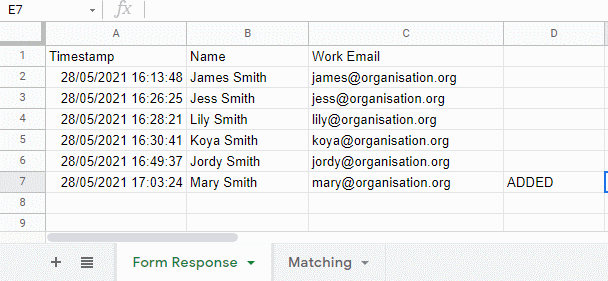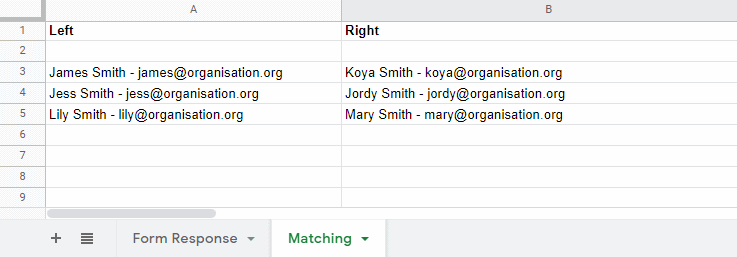
Recently I went to this online event by Tony Robbins called the come back challenge. It is a free event that goes for probably 2 hours a day for 5 days. Being based in USA it started at 6am for me which fitted in really well with having the rest of the family asleep (they did not want to do it unfortunately).
So Tony Robbins is a big celebrity in the “transform your life seminar” space. But this wasn’t the first seminar I’ve been to having done the Landmark Forum a couple of years back. The idea of these seminars is that the immersive experience is much more powerful than for example reading a book and helps people break through negative patterns and stories in their lives that they may not otherwise find the strength to face. Certainly having thousands of other people also working on breakthroughs gives you a lot of motivation after all we are social creatures that have a strong desire to fit in. This is using our nature for our benefit but we need to be careful as these kind of events can be used for other peoples benefits. Before going to an immersive training do your research.
Identify your problems, but give your power and energy to solutions.
Tony Robbins
Before I went I watched his Netflix show that gives a glimpse as to what the event might be like – having been to a similar format in the past I had a good idea of what it was likely to be like. He also has a pod cast which might be a good way to get what he is on about.
Tony’s seminars are filled with people who love Tony and it isn’t hard to understand why as he has dedicated most of his life to helping people to transform their lives for the better. In this he has a very refined framework for helping people make breakthroughs and it was great to see it in action. I found some amazing and useful framing and techniques for example raising the energy to allow a breakthrough to happen more easily. Tony does this by getting people to move in celebration and voice their joy.
Personally I had a massive breakthrough around being unstoppable as an identity I wanted to become. My second insight is what Tony calls incantations which is kind of like affirmations with movement especially new movement to fix new stories into the body – I think this is a powerful addition to my existing visualization practice. Mel Robins talks about this a lot also with her high five habit – it is in doing something unexpected while saying an affirmation can help fix things in your mind and give you a short cut into building new behaviors that may otherwise take a ton of work.
Probably the thing I struggled with a bit was that the event was on Facebook, this was a blessing and a curse. It was a blessing in that it helped me connect with people via text but I’m somewhat worried that this isn’t as much of a genuine connection as going to an event would be. Still it is something that would otherwise be missing from a Zoom only type online event. But the biggest thing that detracted was the likes and comments on posts – this negative social media pattern of showing off and seeking attention of feeling bad when no one commented on your deepest feelings because your post was simply lost in a flood of posts. Or the opposite the addictive rush of adrenaline when your post does get comments and likes and you feel validated somehow. It’s addicting and unhealthy even when used for good. I really felt bad for people who may have felt unheard so I made an effort to comment on people with zero comments. I hoped that helped a bit!
The quality of your life is the quality of your relationships.
Tony Robbins
Still in the whole it was hugely valuable for me and I think for anyone that really put in the effort to participate. As with all these things the more you put in the more you will get out. Self improvement is a daily journey and events like this may give you a short cut like a ladder in snakes and ladders but they don’t get you to the finish line without a commitment to doing the work. I highly recommend a Tony event if you are struggling with being stuck. Just as I’d recommend a Landmark Forum. There are many paths on the journey of self discovery and self empowerment and the one you decide will be personal to who you are. No matter what you decide I wish you all the best on your journey. Much love.
















